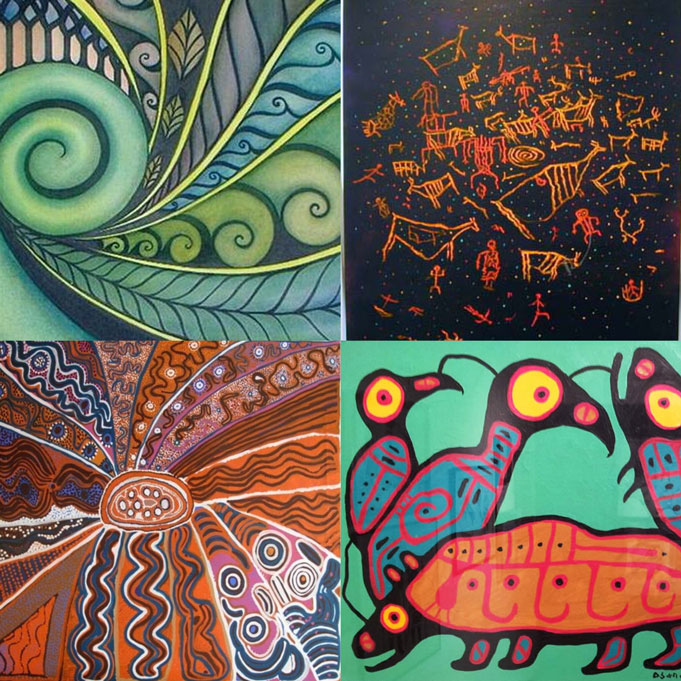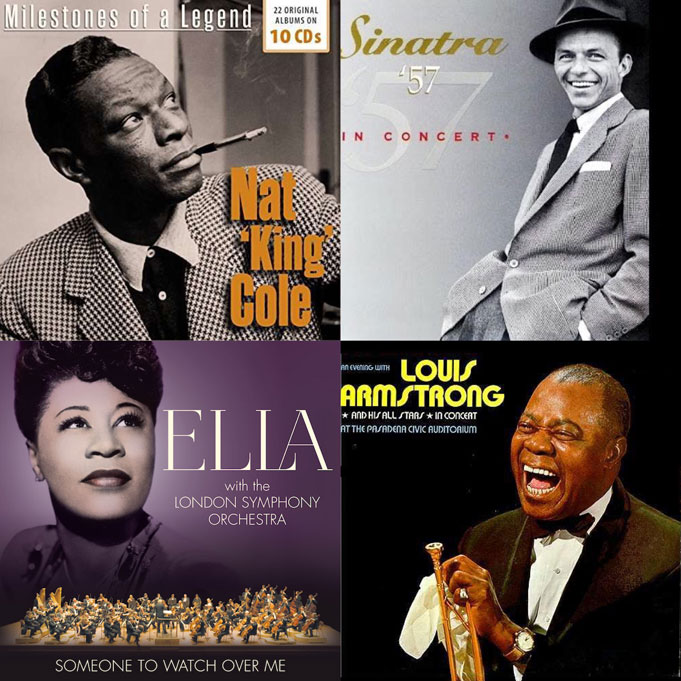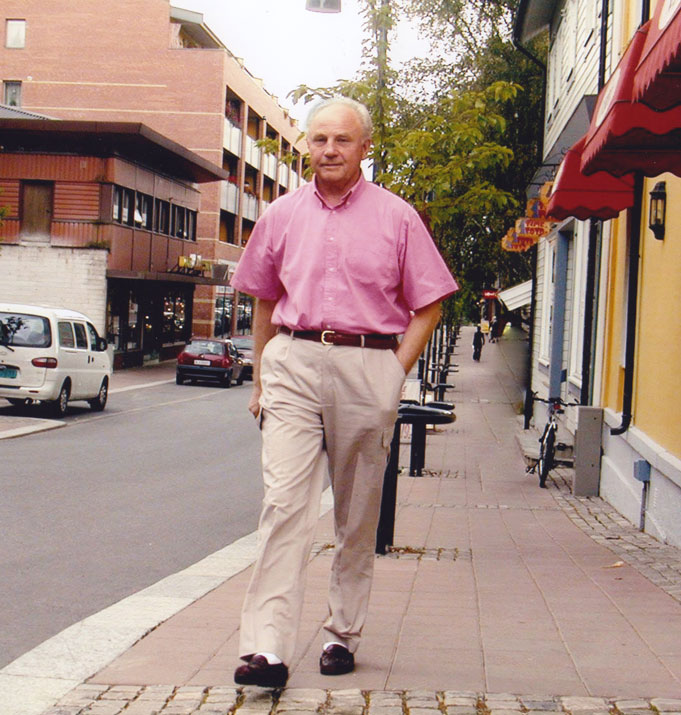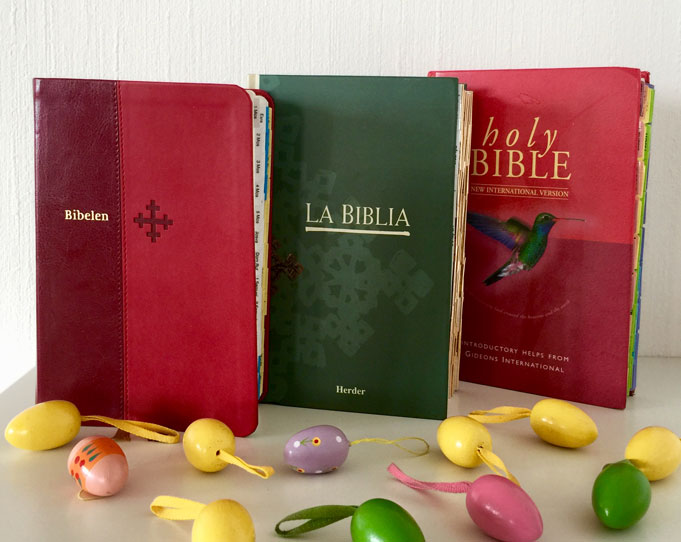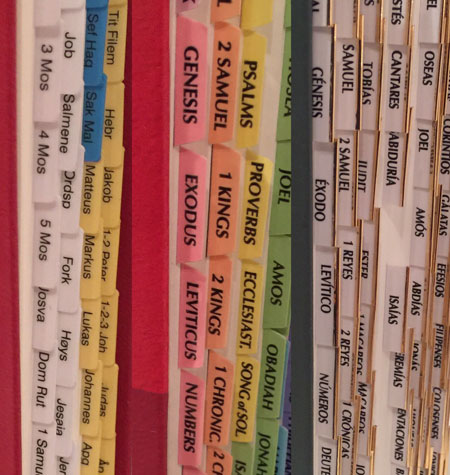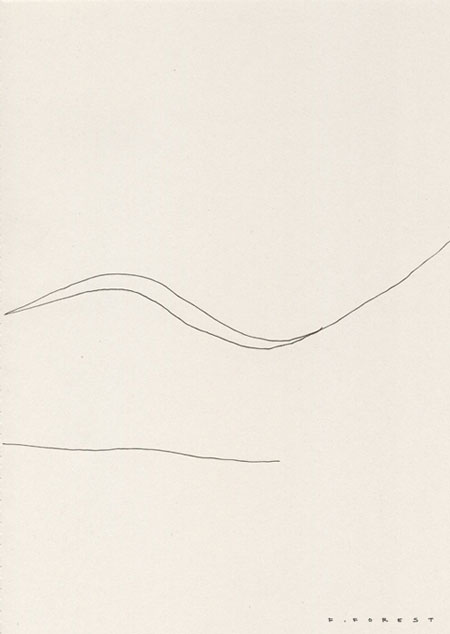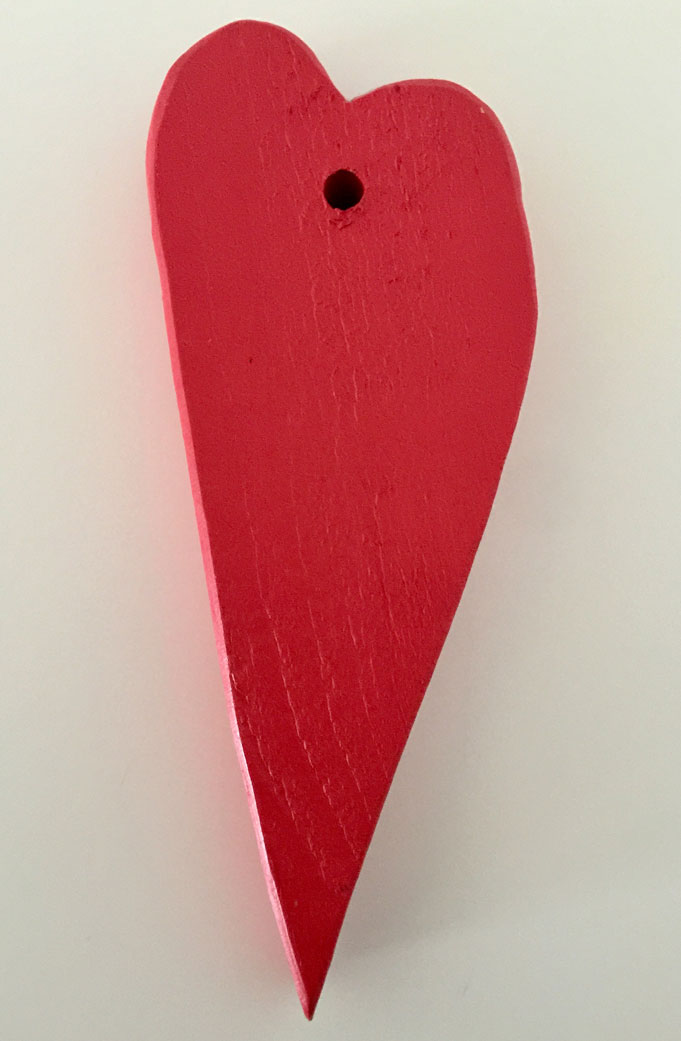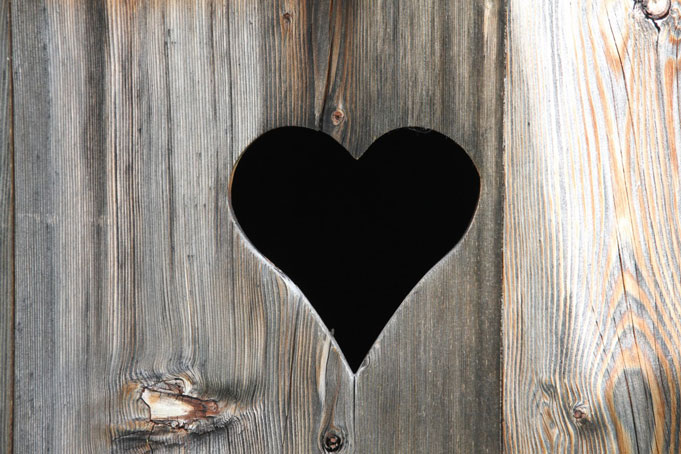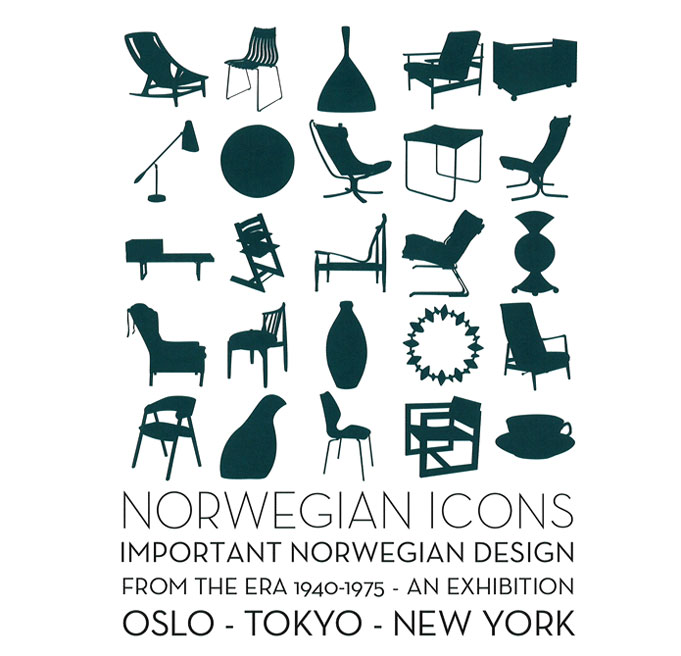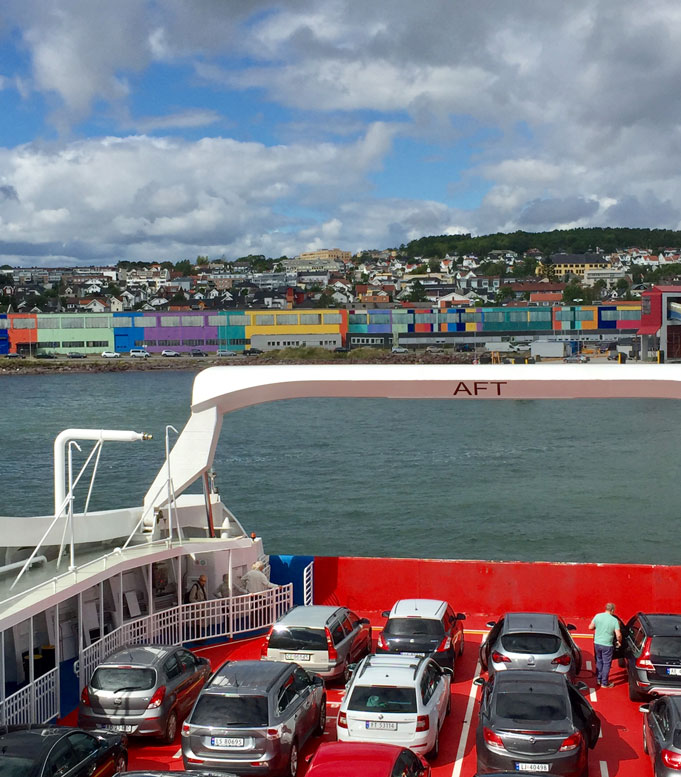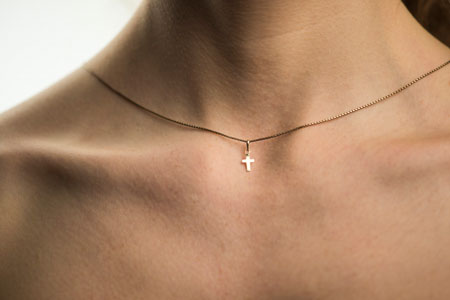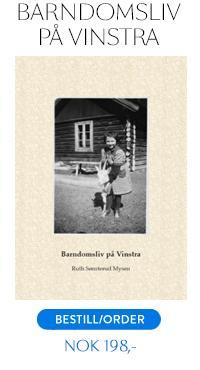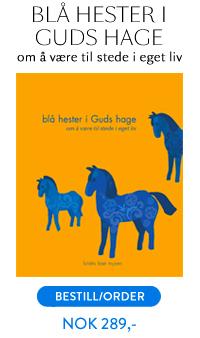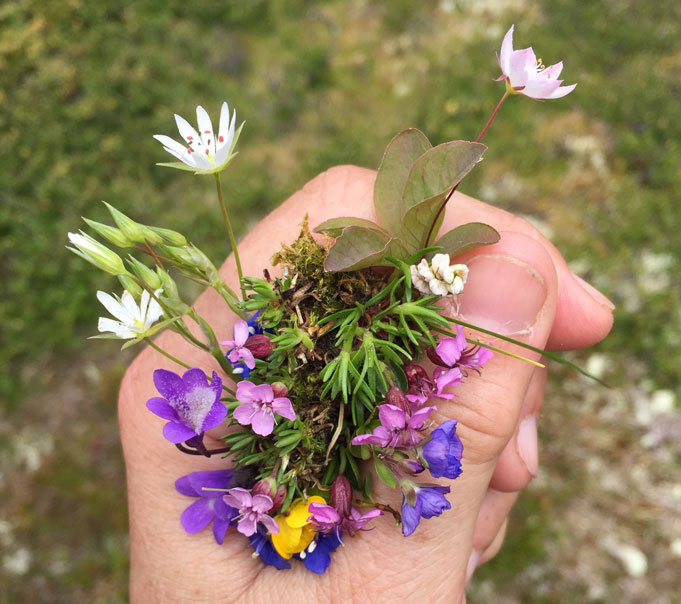
Photo: Jann Bernhard Nilsen
It all began this summer. My husband and I were hiking in the Norwegian mountains Rondane and I decided that mountain flowers should be my holiday project. I wanted to learn all the names of the tiny, beautiful flowers that surrounded our feet. I made this little bouquet and back at the cabin I started to google and to memorize. Great fun!
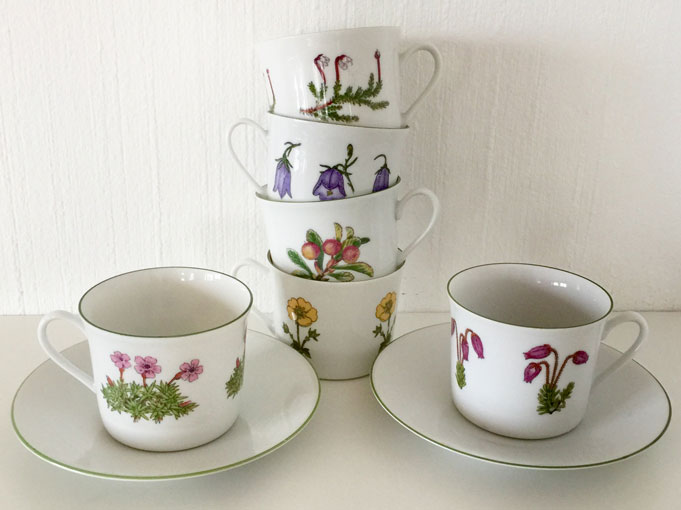
Photo: Kristin Bae Mysen
While googling around I came across Fjellflora, a beautiful set of china produced by Porsgrunds Porselænsfabrik in Norway. It is designed by Tias Eckhoff (1926 – 2016), a famous Norwegian, industrial designer, for which he won The Norwegian Design Centre’s Award for Good Design in 1965. Today he is represented in various museums, including the Museum of Modern Art in New York City and Victoria and Albert Museum in London. Read about him (Norwegian only) and look at his design from here.
But what caught my eye were the beautiful floral decorations. This set consists of twelve flowers, all found in the mountains of Norway. The artist, Dagny Tande Lid, (1903 -1998) is internationally known, and up to this day she is ranked as being one of the best floral illustrators in the world. She had a lifelong love of flowers, and these were among her favorites.
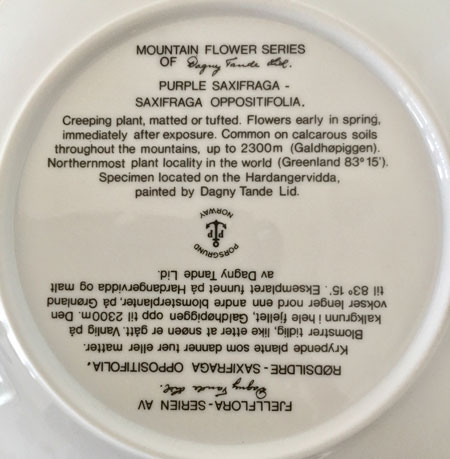
Photo: Kristin Bae Mysen
At the cabin I reached a decision, this china set should be mine! I spent all summer searching websites to find this particular set, and by the end of August I finally had a complete set. I was delighted to discover that each flower was described on the back of its tea plate, both in English and Norwegian with the signature of Dagny Tande Lid.
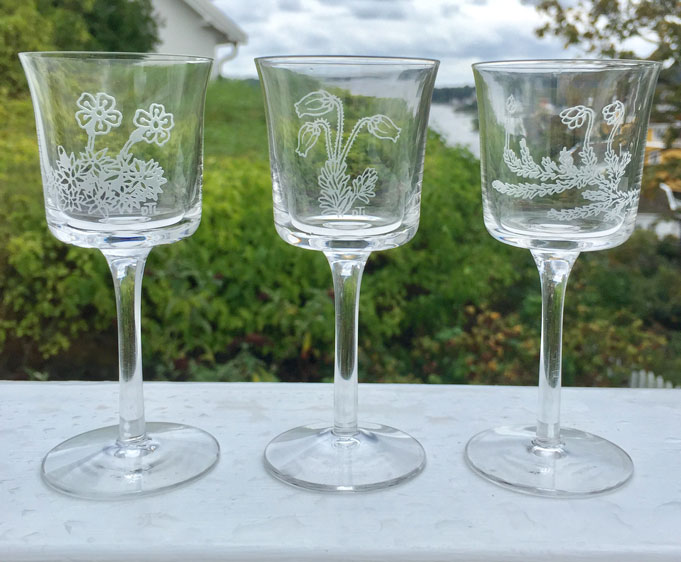
Photo: Kristin Bae Mysen
However this is like a never-ending story because I found another treasure as well. Dagny Tande Lid had also decorated liqueur glasses with the same mountain flowers for Hadeland Glassverk in Norway. Even more to purchase, and luckily I managed to get hold of all twelve. Done, I thought, until I realized that she had been married to the famous botanist Johannes Lid who served as a curator at the Botanical Museumin Botanical Garden in Oslo from 1919 to 1956, and that the two of them spent all their life together writing about and illustrating plants and flowers. Their most famous book Norsk flora was first published in 1944 and is still used at the universities approximately 60 years after. My son, who is studying landscape architecture, has this book as part of his curriculum. I was lucky enough to come across a copy, second edition, from 1952.
The couple also studied in depth the flora of the Canary Island, the Arctic, Svalbard and Jan Mayen which led to numerous books. Two places on Jan Mayen are even named after them. And so is one of the buildings at Botanical Garden in Oslo; In 2011 they were honored for their contributions by having the Botanical Museum named after them: Lids Hus – Lid’s House.
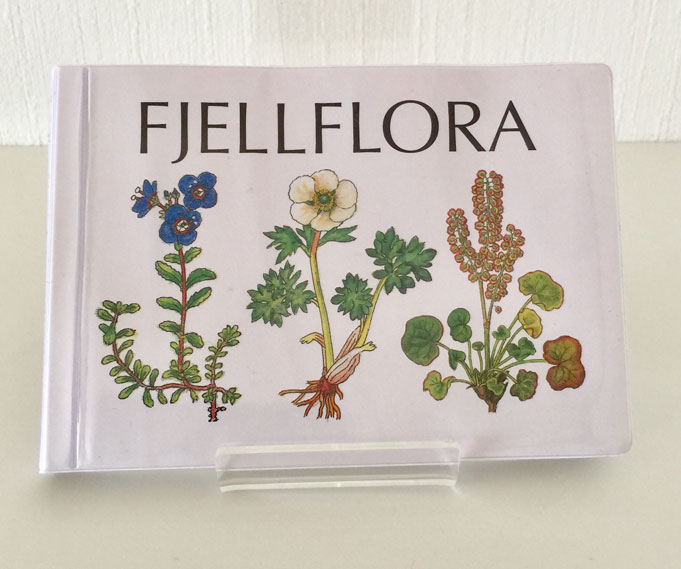
Photo: Kristin Bae Mysen
Dagny Tande Lid is best known for her illustrations for the Mountain flower of Scandinavia (Fjellflora), which has been issued in 325 000 copies since the first printing in 1952, and which is still available. As a matter of fact, I bought this book above, in a bookstore the other day. The text is written by the Norwegian botanist Olav Gjærevoll. The book has been translated into several languages, including English, German, Swedish and Finnish. She also became internationally recognized by the illustrations in Rocky Mountains Wild flower; a popular, beautifully illustrated guide to 430 species of Rocky Mountain alpine and sub-alpine plants. It is still used at universities “over there”. The drawings of Dagny Tande Lid can be exhibited here
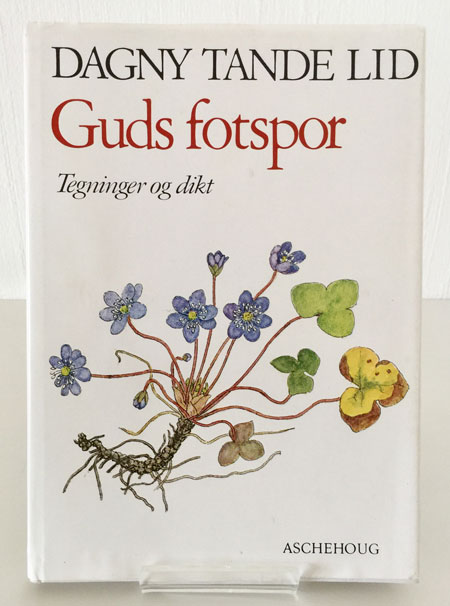
Photo: Kristin Bae Mysen
Dagny Tande Lid can be compared to an onion which can be peeled a layer at a time. The sweetest layer and the highlight for me was actually when I discovered her work at the local library; her poetry and essays in her production of sixteen books. She outlived her husband by 27 years, and spent all these years writing. She has such a way with words, and her poetry is beautiful, humorous and wisely written, all with her flower illustrations, of course. I spent the whole summer reading, and wow what a lady!!
